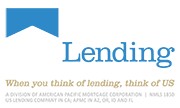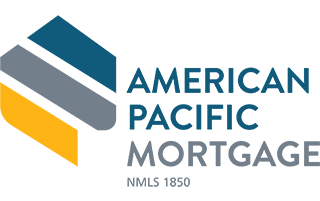Home equity loans are taken out against the equity a homeowner has in their house. For example, if they have a mortgage of $200,000 and they have a balance of $150,000 left to pay, it means that they have $50,000 in equity they can borrow against. Home equity loans are available at fixed interest rates and usually for a 15-year period. A home equity loan can also be used for whatever the homeowner wants to use it for, including home improvements of any kind.
Personal loans are cash loans provided directly to the borrower. Personal loans are typically unsecured, which means no collateral is needed. Personal loans are similar to home equity loans in that the borrower will have to pay them back on a monthly basis for a specific amount of time. The interest rates on a personal loan are based on the credit score and credit history of the borrower. Because they are unsecured, lenders are stricter about approving personal loans based on the credit score and history of the borrower.
Home equity loans are a good option as long as the homeowner has enough equity to borrow the amount needed for their home improvements. However, homeowners that default on their home equity loans risk foreclosure, whereas borrowers who take out personal loans will not be risking the loss of any assets should they default. On the other hand, because they are unsecured, personal loans typically have higher interest rates and higher monthly payments. They are also generally limited to $100,000 and below.
Private loans are provided by non-institutional lenders. They often approve borrowers despite not having great credit, making them a good alternative for some homeowners to banks or other financial institutions. Private lenders also boast a quick application and decision process.
However, because they have more lax requirements, private loans do tend to have higher interest rates. Depending on the borrower’s credit, the loan may be secured or unsecured. If the borrower has poor credit, it will be easier for them to be approved if they apply for a secured loan, which will require them to put up one of their assets (such as their vehicle or house) as collateral in case they default.
There are a number of government-backed loan programs that homeowners may be eligible for as well. Government-backed home improvement loans aren’t loans provided directly to the borrower. Instead, the government insures the loan provided by the lender to the borrower. By insuring the loan, the government reduces the risk of the lender, making them more willing to approve a borrower’s loan application.
One of the big advantages of a government-supported loan is that the interest rates tend to be much lower than those of a private loan. The government takes responsibility for the loan if the borrower defaults, thereby eliminating the risk for the lender.
There are two main ways for a homeowner to take out a home improvement loan against the equity in their home: a home equity loan and a home equity line of credit. Home equity loans are lump-sum loans available at a fixed interest rate. One of the disadvantages of a home equity loan is that making one large withdrawal can work against the borrower should property values in their area go down.
A home equity line of credit (or HELOC) provides a line of credit the borrower can draw from whenever they want. This means that if they are provided with a $20,000 line of credit, they don’t necessarily need to take out everything at once. This can be beneficial if they are planning several renovations over a period of time since they will only be charged interest on the credit that they use, not the credit that they have available to them. HELOC loans are also available with both fixed-rate and adjustable-rate terms.





